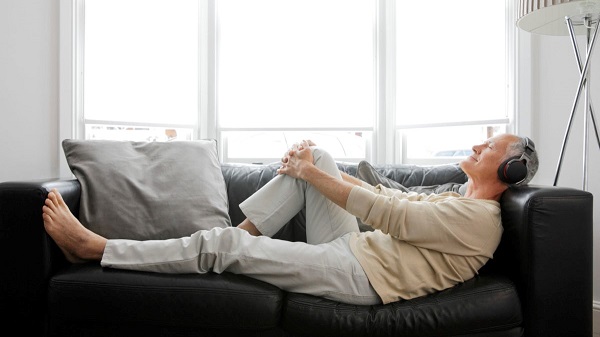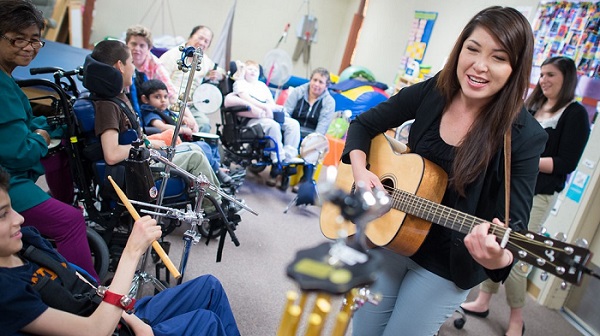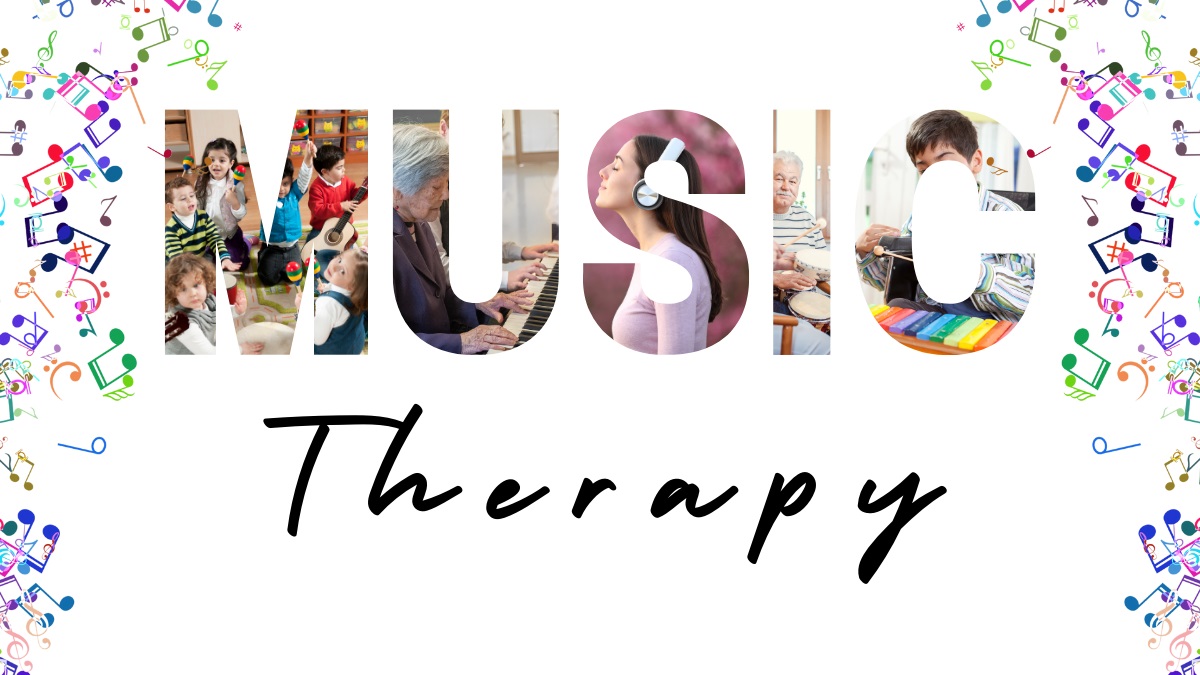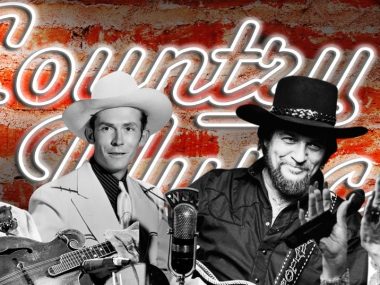According to a report on BBC News, the earliest documented form of musical instrument was an ancient flute that is believed to date as far back as 43,000 years ago.
The flute was carved from ivory and bones and was believed to be used for various purposes, including therapy!
If you want to know more about the types of music therapy, you’re in for a treat!
Today, I’ll provide you with a comprehensive guide that walks you through various scientific approaches and methods that use music for the purpose of alleviating physiological or physiological ailments. Let’s dive in!
1. The Earliest forms of Music Therapy
Starting the list with one of the oldest forms of music therapy. This might not be a fully-fledged form on its own but it has led to the rise of multiple methods, approaches, as well as associations for music therapy.
Forms of music therapy have been known to man for so long, even before the age of scientific research and evidence-based science.
Greek philosophers and Ancient Egyptians also included various mentions of using songs and music to “cure the disease of the mind”.
Documents of scientific approaches to music therapy have been found in the late 18th century and early 1800s. The writing about the therapeutic value of music started with Edwin Atlee, followed by Samuel Mathews.
Both of them were students of Dr. Benjamin Rush, a psychiatrist who strongly believed in using music to treat diseases.
The same period also saw the first institutional setting for musical therapy intervention, which was Blackwell’s Island in New York.
James Corning Experiment
The first-ever recorded systematic experiment to assess music therapy’s ability was James Corning’s in 1899.
According to the experiment results, the cognitive process is dormant during pre-sleep and sleep time, which allows the musical vibrations to reach the patient’s subconscious and help them get rid of negative thoughts.
Music Therapy Institutions
Throughout the early and mid 20th century various institutions for music therapy were founded, including the National Society of Musical Therapeutics and the National Associations for Music in Hospitals.
These organizations helped researchers and experiments but weren’t able to develop an organized clinical profession for music therapy.
It wasn’t until the 1940s that the first music therapy college and training programs were initiated. Multiple forms of scientifically and evidence-backed forms have emerged to help patients using music since then.
2. The Bonny Method of Guided Imagery and Music

One of the first and most popular approaches to music therapy is the Bonny Method of Guided Imagery and Music, or GIM for short.
This approach was founded by Helen Lindquist Bonny, a music educator and therapist who developed a method to influence person to person and humanistic psychological views using music and guided imagery.
How it Works
Guided imagery is a technique used in alternative medicine that relies on using mental picturing to alleviate psychological and physiological issues in patients.
In the regular guided image, the therapists ask the patient to start by focusing on a relaxing image, and with the power of imagination and discussing the image with the therapists, the patient should try to find constructive solutions to their difficulties.
Bonny believed that by the addition of psychotherapeutic music as a “co-therapist” to the session, the patient should reach a much higher state of consciousness. As a result, the patient would be able to find healing and solutions to their problems easier.
Results
Multiple studies were initiated to assess the clinical effects of Bonny’s method and whether it’s an effective one as a therapy.
According to the findings of one of these studies, the use of bonny’s method has been found to decrease cortisol levels in healthy adults, which is also known as “the stress hormone”.
Additionally, GIM can also be used to decrease hyperactivity in autistic children and increase their attention as well as communication skills.
3. The Nordoff-Robbins Method
Another method for music therapy is the Nordoff-Robbins method. This one was invented when Paul Nordoff and Clive Robbins worked together on a 20-year old project to investigate and assess the effects of music in therapy, especially for mentally or emotionally disturbed children.
This includes children affected by autism and mental disorders as well as developmental delays and learning difficulties.
How it Works
The therapeutic method is known as the Nordoff-Robbins method, which is based on the belief that everyone, including disabled children, can benefit from musical experiences and find a special meaning to them.
The therapeutic method works by encouraging the patient to create music in collaboration with the therapist in which the qualified therapist can find a method to help even disabled children to participate.
Results
The method is widely practiced today and found to be highly effective according to various relevant health bodies and studies.
Nordoff-Robbin therapy is also considered an active method of music therapy, as the client or patient actively participates in making the music, so it can also help with some neurodegenerative diseases, such as multiple sclerosis.
4. Dalcroze Method

This method is also known as “Dalcroze Eurhythmics”. It was invented and developed by Jaques Dalcroze, a Swiss professor of Harmony at the Conservatoire of Geneva.
How it Works
Shortly after his appointment as a professor in 1829, he noticed that learning music needs a kinesthetic element.
In other words, in order to learn to appreciate and express music, you need to find a way to coordinate between the music you hear and your body’s motion.
Although the method was initially and still used as a form of learning music, the spatial awareness and self-expression benefits of the method was clear for music therapists.
By tapping into the power of coordination between the mind and body while listening to music, therapists were able to help their clients and patients to reach a much higher level of understanding and appreciation of therapy music.
In addition to promoting relaxation, Dalcroze Eurhythmics also enhances creativity and imagination as well as acceptance and feeling included in a group.
Results
Multiple research and studies were performed to confirm the results of the Dalcroze method using clinical studies and evidence.
According to a study published in the Interdisciplinary Journal of Music Therapy, using the Dalcroze method as a type of music therapy and enhancing the therapeutic outcomes of one is a real possibility.
Another research by John Habron of the Royal Northern College of Music showcases the method and how it’s a perfect cross-over technique that can be used as an established type of music therapy.
5. Neurologic Music Therapy (NMT)
Neurologic Music Therapy, also known as “NMT”, is a type of music therapy that is primarily based on neurosciences of the brain.
In other words, it depends on the ability of the brain to perceive and react to music, which ultimately has an effect on behaviors and brain functions.
How it Works
Just like any scientific approach, certain music is played in order to study the difference in brain chemistry before and after playing the music.
These transformations are then used to instigate behavioral changes to and manipulates the patient’s awareness to reduce the stress levels and unwind.
These effects can then be initiated by training the patient motor system so that they’re able to trigger them for therapy. For instance, humming to music or tapping your foot along.
Results
A collective study to understand the effect of Neurologic Music Therapy was conducted based on 25 different studies related to the matter.
According to the results of the research, music-based activities used in the NMT can represent a valid intervention to reduce the behavioral and psychological ailments related to neurological disorders, all the while not imposing any dangers or side effects on the patients.
6. Kodaly’s Method

This method was created by Zoltan Kodaly, which is regarded as one of the biggest influences in the history of music therapy and marked a lot of its development.
How it Works
The concept of the Kodaly method is quite simple! It uses a variety of hand sequences, signals, and notation while singing or rhythming.
In addition to using the method to help children at a very young age to learn music easily, it’s also a great music therapy method, because it enhances motor skills and music perception, which aid in the overall therapy session.
Results
According to a study of Kodaly’s method to assess its potential as a viable music therapy technique, the approach does have an outstanding potential to improve the quality of life of patients in general.
Another 2017 study also found that using Kodaly’s method as a music therapy technique was effective for enhancing the attention of children with autism spectrum disorders.
7. Orff-Schulwerk Method
Similar to Kodaly’s method, the Orff-Schulwerk approach, or simply the “Orff method”, is a music education method that can also work as a therapeutic technique.
How it Works
Schulwerk is german for “schoolwork”. Gertrude Off, the creator and developer of the method, puts emphasis on making music therapy in the form of lessons. The method is specifically beneficial for children with disabilities or developmental delays.
Results
Multiple studies showed the ability of the Orff method to help children with developmental and emotional issues to communicate using musical expression.







